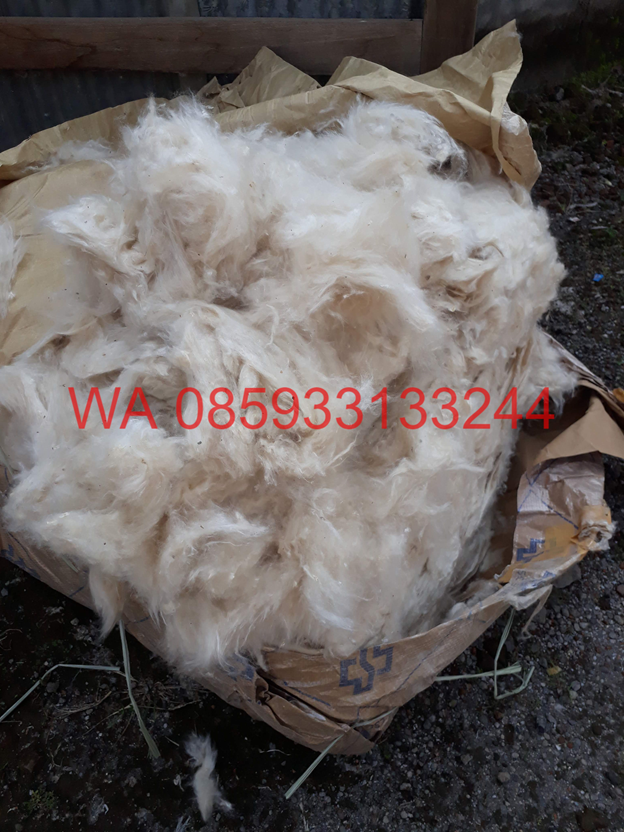Natural fiber has its perks when compared to synthetic ones. In this case, let’s talk about Kapok – a silky like cotton plant-based material that is very versatile. If you never heard about these materials, then you are losing a lot of information about how wonderful natural fiber and the kapok suppliers are. What is it for? Here is the answer.
The Usage Of Kapok Or Ceiba Pentandra

Kapok Filling Or Stuffing
The most basic uses of the kapok fiber are used as stuffing or filling. In this case, the worker harvests the kapok pods from the 70-meter tall kapok tree. The fruit bore hundreds of seeds with kapok fabric attached to it. Later on, the fruit is opened, and people will separate the fibers with its seeds. Then, they wash the fiber and dry it up.
This fiber has a yellowish color and is as soft as cotton. With this feature, there is no doubt that it is used as a filling. Most of the time, the fiber will be used as the pillow stuffing or mattress. It is also very common to use it as toy stuffing, cushion, or upholstery materials. The light, hypoallergenic, free chemical substance, and buoyancy are the main features of Kapok.
Lifesaving Equipment Material
In these modern days, many life jackets are typically made of polyester and stuffed with foam. It is due to the high manufacturer rates of synthetic materials. However, quite a long time ago, kapok suppliers and manufacturer produce kapok as the lifesaving stuffing. It is because kapok has natural buoyancy aspect that great for the life jacket.
Textile Innovation

Kapok doesn’t want to lose with its sister ‘Cotton’ in the term of textile innovation. However, worth noting that the natural kapok fiber is hard to spin and transformed into fabric. You can say that the fiber is woven able, but it cannot be 100% kapok. The reason is due to the fact the material is very small and thin.
It is contrary to cotton which is easy to woven. However, newer technology makes it possible. For instance, is blending cotton and kapok. The ingredient will be around 1 kg of cotton and 30% kapok, plus 3,000 liters of water. With this idea, you can spin the materials and create a light yet very soft fabric. This fabric also won the 2015 eco-award performance day.
Kapok Seed Oil By Product
It is not only about fiber; the seeds are also processed to create a high-quality cooking oil. In this case, many know that the quality is as good as the palm oil. In Indonesia, Filipina, and Thailand, the seed is mixed for either culinary purposes or natural medication. It has an iodine value around 85- 100 that is great to heal wounds or even biofuel.
There is no doubt that kapok and its tree is a very versatile plant. Asian manufacturers, including Indonesia, use this material as filling. However, it is not impossible to create textiles and other items using advanced technology to spin kapok. If you are curious about the filling and the kapok seed oil price, you can check kapokfillingsuppliers.com.

